Identifying And Preventing Late Blight On Tomatoes
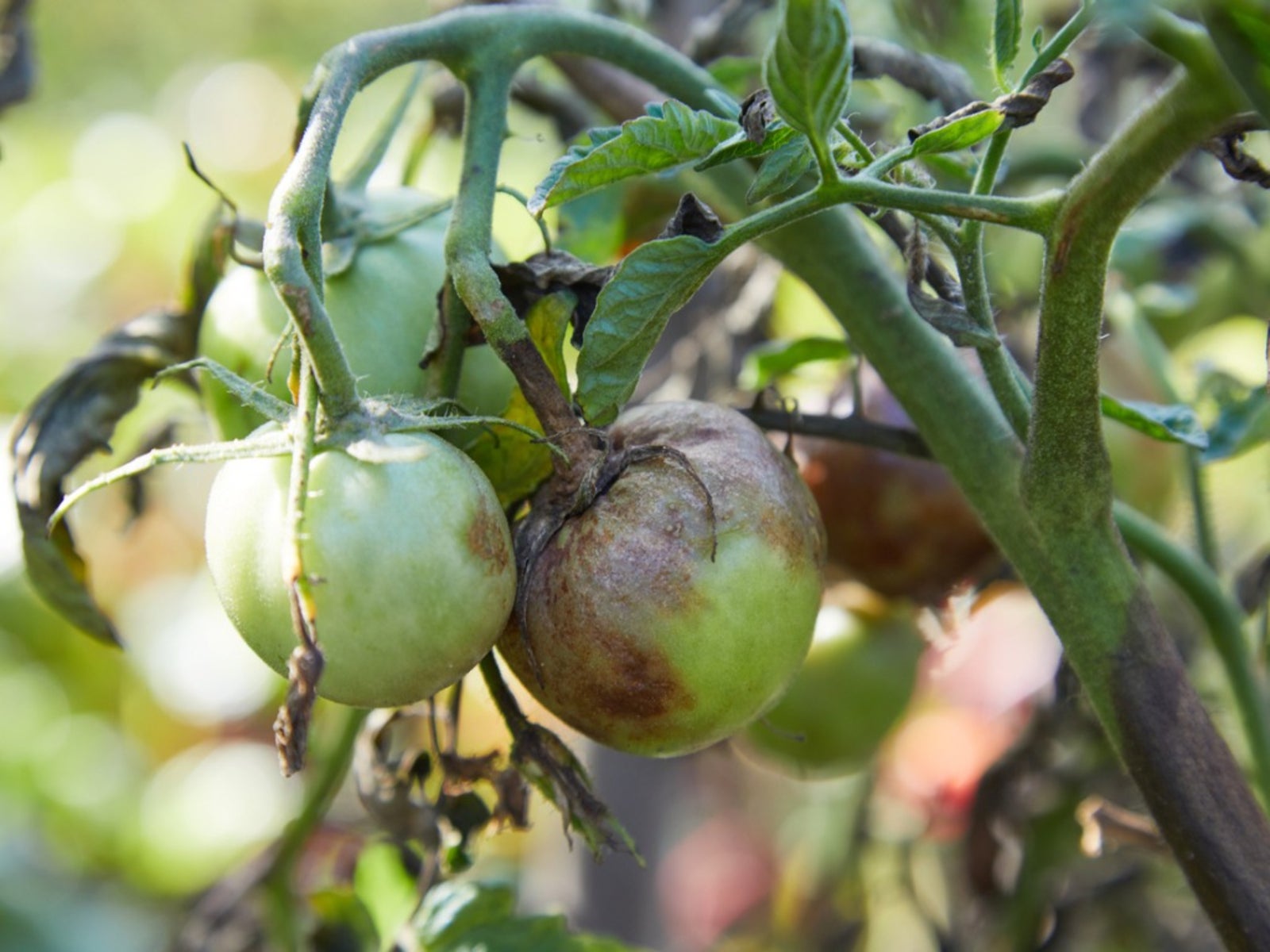

Amy Draiss
Late blight tomato disease is the rarest of the blights that affect both tomatoes and potatoes, but it is also the most destructive. It was the leading factor in the Irish Potato Famine of the 1850's, when millions of people starved because of the devastation wrought by this deadly disease. On tomatoes, the fungus-like organism can destroy a crop within days if conditions are right. Vigilant observation and pre-treatment are the only defenses against this tomato disease.
Symptoms of Late Blight on Tomatoes
Phytophthora infestans, the pathogen that causes tomato late blight, needs tissue to survive. Sporangia from an infected plant are carried through the air, sometimes several miles, and once they land on a suitable host, germination is almost immediate. Tomato late blight needs only a few hours to take hold. All it wants is a little free moisture on the leaves from rain, fog, or morning dew.
Once infected, late blight symptoms will become visible in three or four days. Small lesions appear on stems, leaves, or fruit. If the weather is damp and the temperature moderate -- just like most rainy summer days -- the pathogen would sporulate around these lesions and the late blight tomato disease will be ready to spread to the rest of the garden and beyond.
The tiny lesions of late tomato blight are hard to spot and sometimes go unnoticed. The late blight symptoms become more obvious when the area around the lesions appears water soaked or bruised and turns grey-green or yellowed. Each late tomato blight lesion can produce up to 300,000 sporangia a day and each of those sporangium are capable of forming a new lesion. Once begun, late blight tomato disease can sweep through acres in a matter of weeks. Plant foliage will be completely destroyed and the fruit will be ruined by dark, greasy looking blotches of necrotic flesh.
Preventing Late Blight on Tomatoes
Sanitation is the first step in controlling tomato late blight. Clean up all debris and fallen fruit from the garden area. This is particularly essential in warmer areas where extended freezing is unlikely and the late blight tomato disease may overwinter in the fallen fruit.
Currently, there are no strains of tomato available that are resistant to late tomato blight, so plants should be inspected at least twice a week. Since late blight symptoms are more likely to occur during wet conditions, more care should be taken during those times.
For the home gardener, fungicides that contain maneb, mancozeb, chlorothanolil, or fixed copper can help protect plants from late tomato blight. Repeated applications are necessary throughout the growing season as the disease can strike at any time. For organic gardeners, there are some fixed copper products approved for use; otherwise, all infected plants must be immediately removed and destroyed.
Gardening tips, videos, info and more delivered right to your inbox!
Sign up for the Gardening Know How newsletter today and receive a free copy of our e-book "How to Grow Delicious Tomatoes".
Tomato late blight can be devastating to the home gardener and the commercial grower alike, but with close attention to weather conditions, garden hygiene, and early detection, this killer of crops can be controlled.

Jackie Rhoades began writing for Gardening Know How in 2010.
- Amy DraissDigital Community Manager
-
 Try The Trend – Turn Any Bed Into A Keyhole Garden With This Clever In-Ground Composter
Try The Trend – Turn Any Bed Into A Keyhole Garden With This Clever In-Ground ComposterKeyhole gardening is an efficient and sustainable practice that saves space. Get started on this DIY project quickly and easily with an in-ground composter.
By Bonnie L. Grant
-
 4 Superfast Composting Methods: Turn Waste Into Garden Gold In 30 Days Or Less
4 Superfast Composting Methods: Turn Waste Into Garden Gold In 30 Days Or LessTry the fastest composting methods to turbocharge your pile and transform kitchen scraps and garden waste into finished compost in just a few weeks.
By Mary Ellen Ellis
-
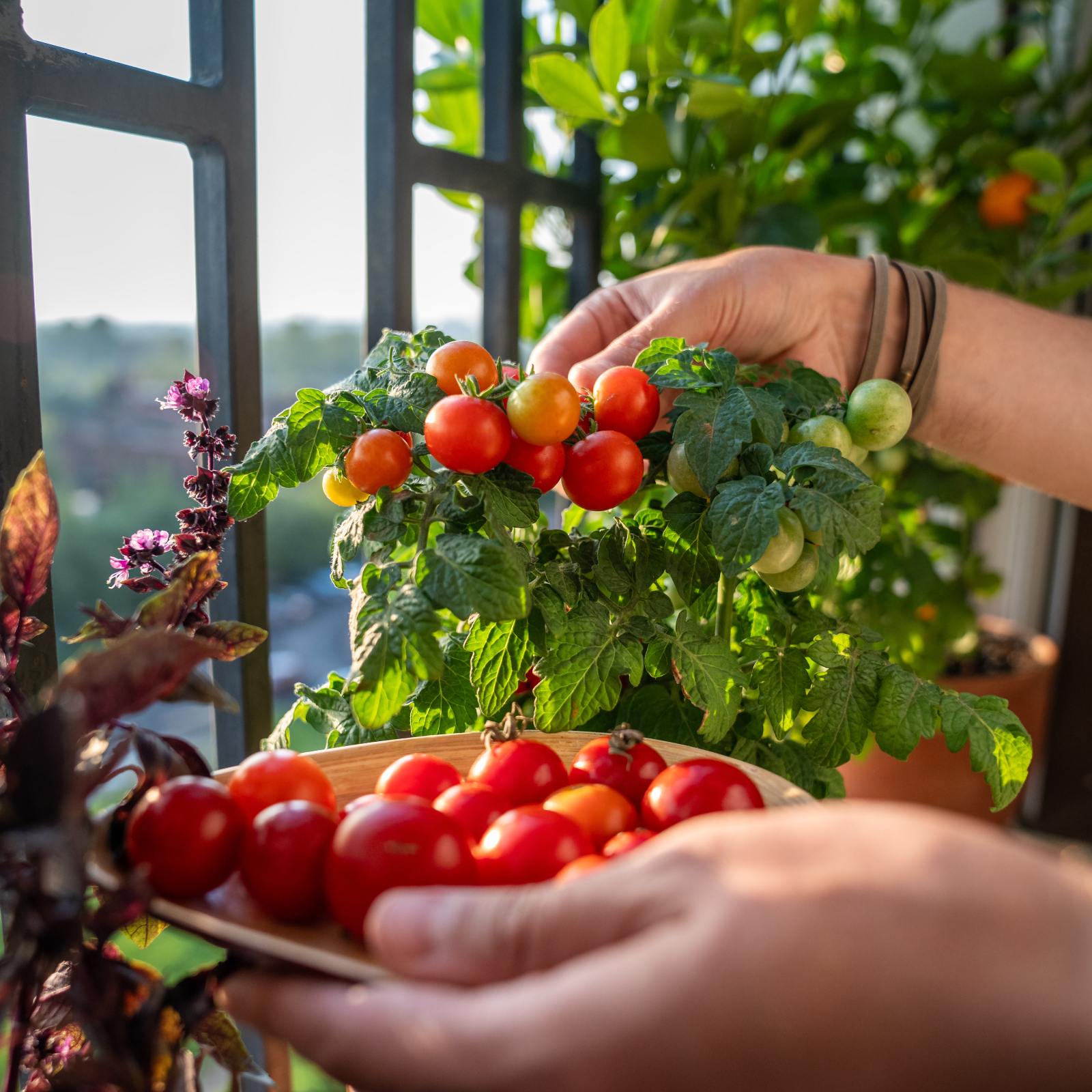 Best Tomatoes For Containers: 10 Tastiest Varieties For Plentiful Produce In Compact Areas
Best Tomatoes For Containers: 10 Tastiest Varieties For Plentiful Produce In Compact AreasThese are the best tomatoes for containers that prove you don't need to have a large space or elaborate garden to grow delicious produce.
By Bonnie L. Grant
-
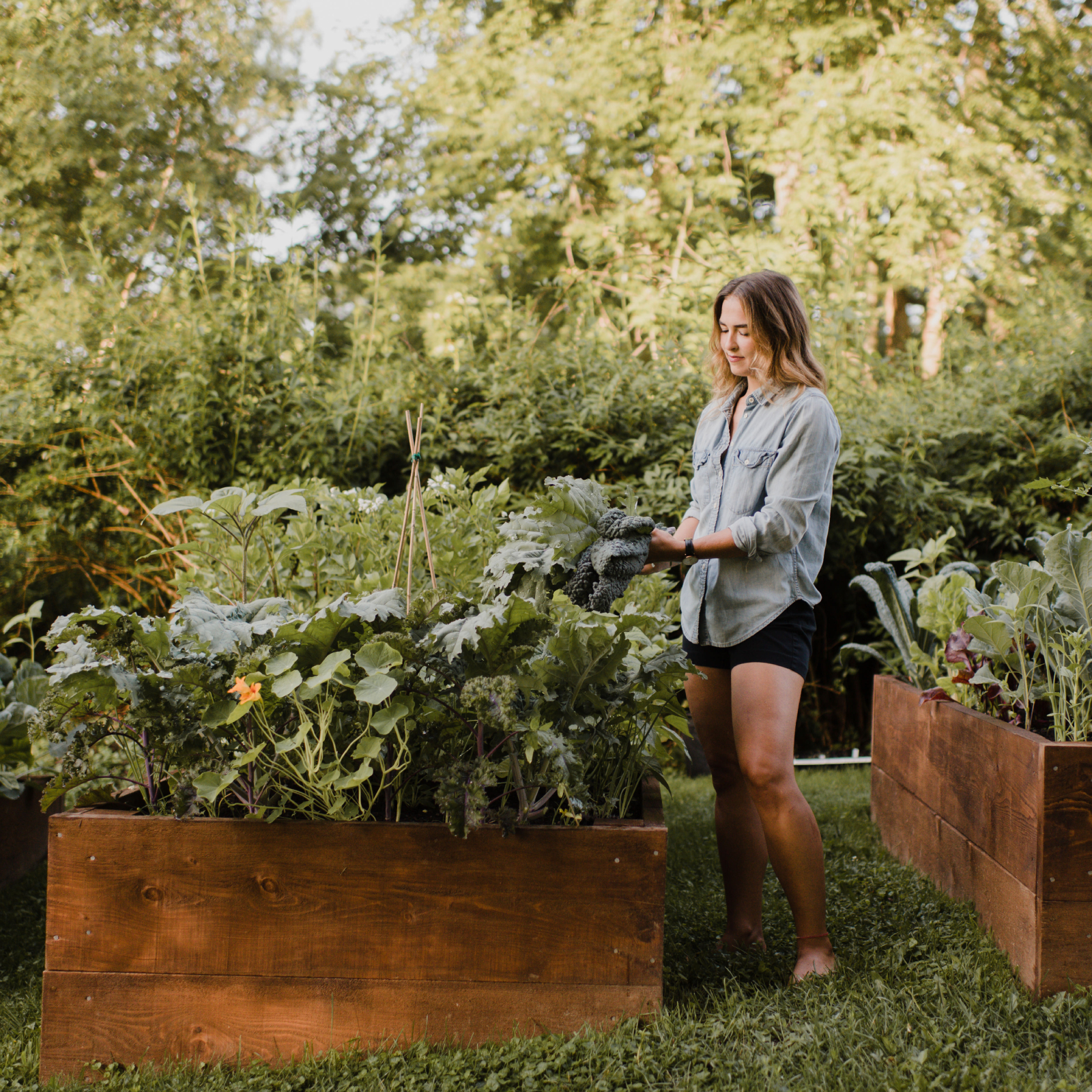 Raised Bed Garden Layout Ideas To Maximize Your Vegetable Harvest
Raised Bed Garden Layout Ideas To Maximize Your Vegetable HarvestCurious how to maximize your vegetable garden this year? Try these raised bed layout ideas and tips to get the most out of your space.
By Teo Spengler
-
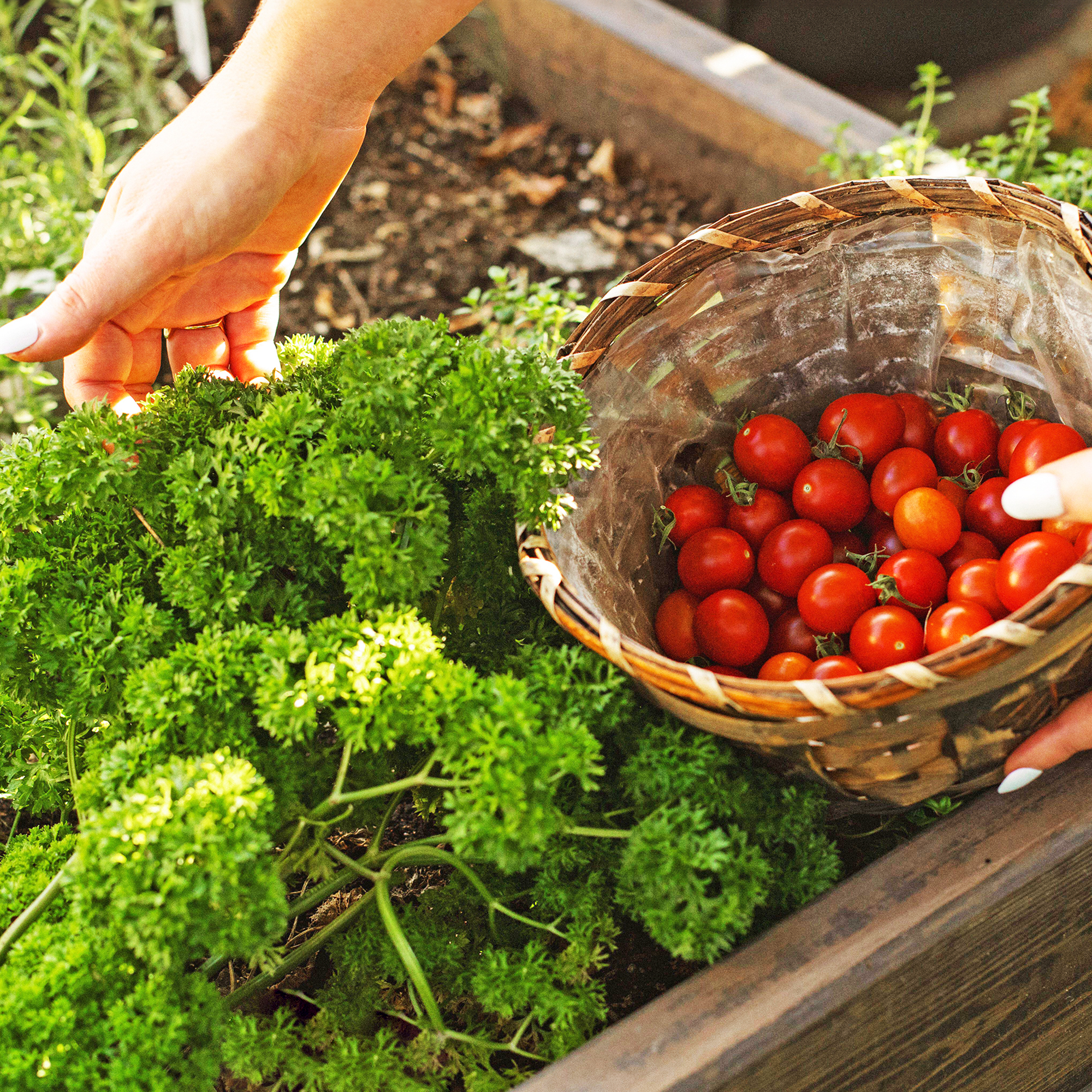 Best Herbs To Plant With Tomatoes: 6 Perfect Companions For Better Flavor & Bigger Harvests
Best Herbs To Plant With Tomatoes: 6 Perfect Companions For Better Flavor & Bigger HarvestsCertain herbs make excellent neighbors to tomatoes in the vegetable garden, repelling pests, keeping down weeds, and enhancing flavor. Try these top varieties.
By Mary Ellen Ellis
-
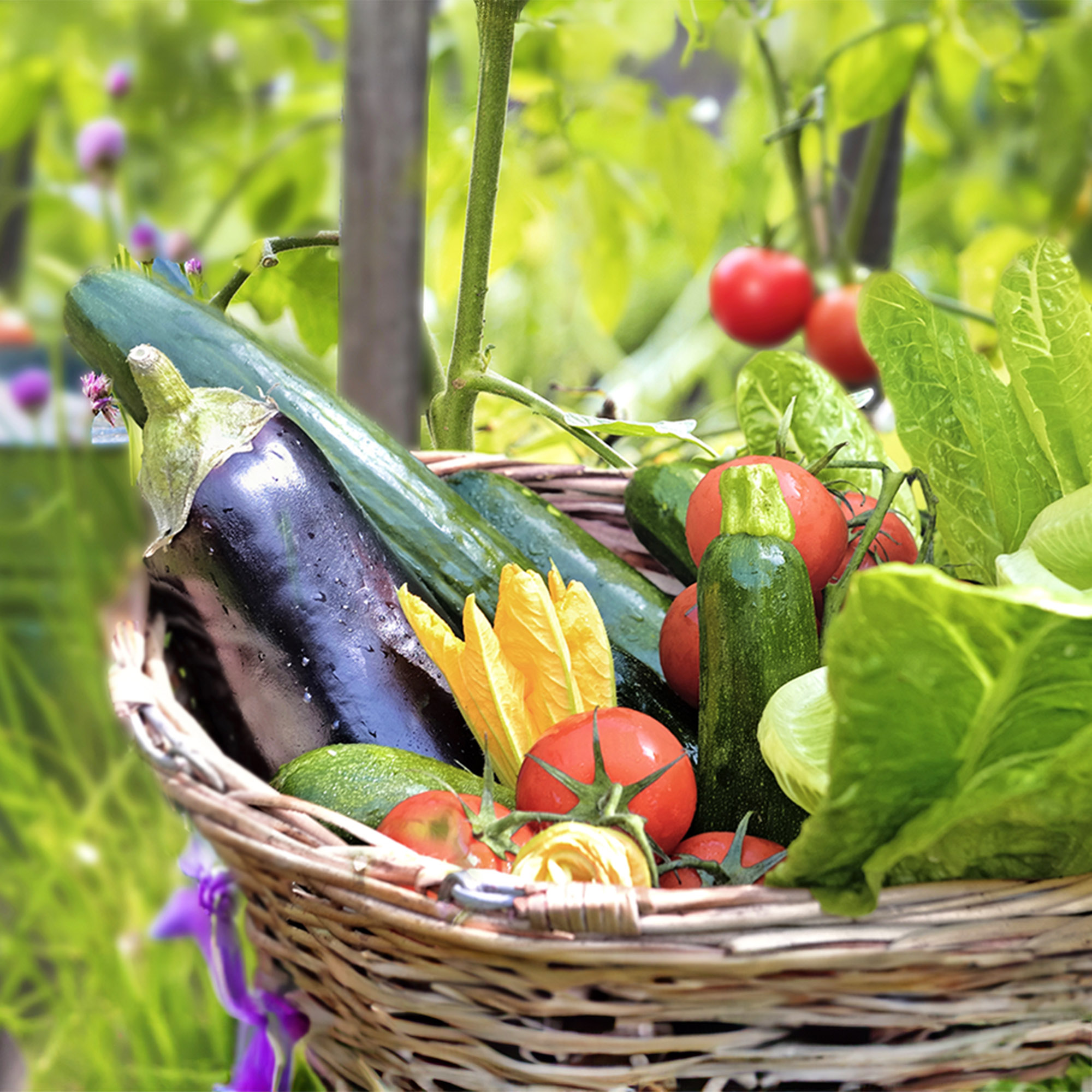 7 Best Vegetables To Plant In February – And Start Harvesting From Early Spring
7 Best Vegetables To Plant In February – And Start Harvesting From Early SpringGet a head start on your garden with these delicious veggies. Plant now and you can begin enjoying home-grown harvests sooner than you think.
By Mary Ellen Ellis
-
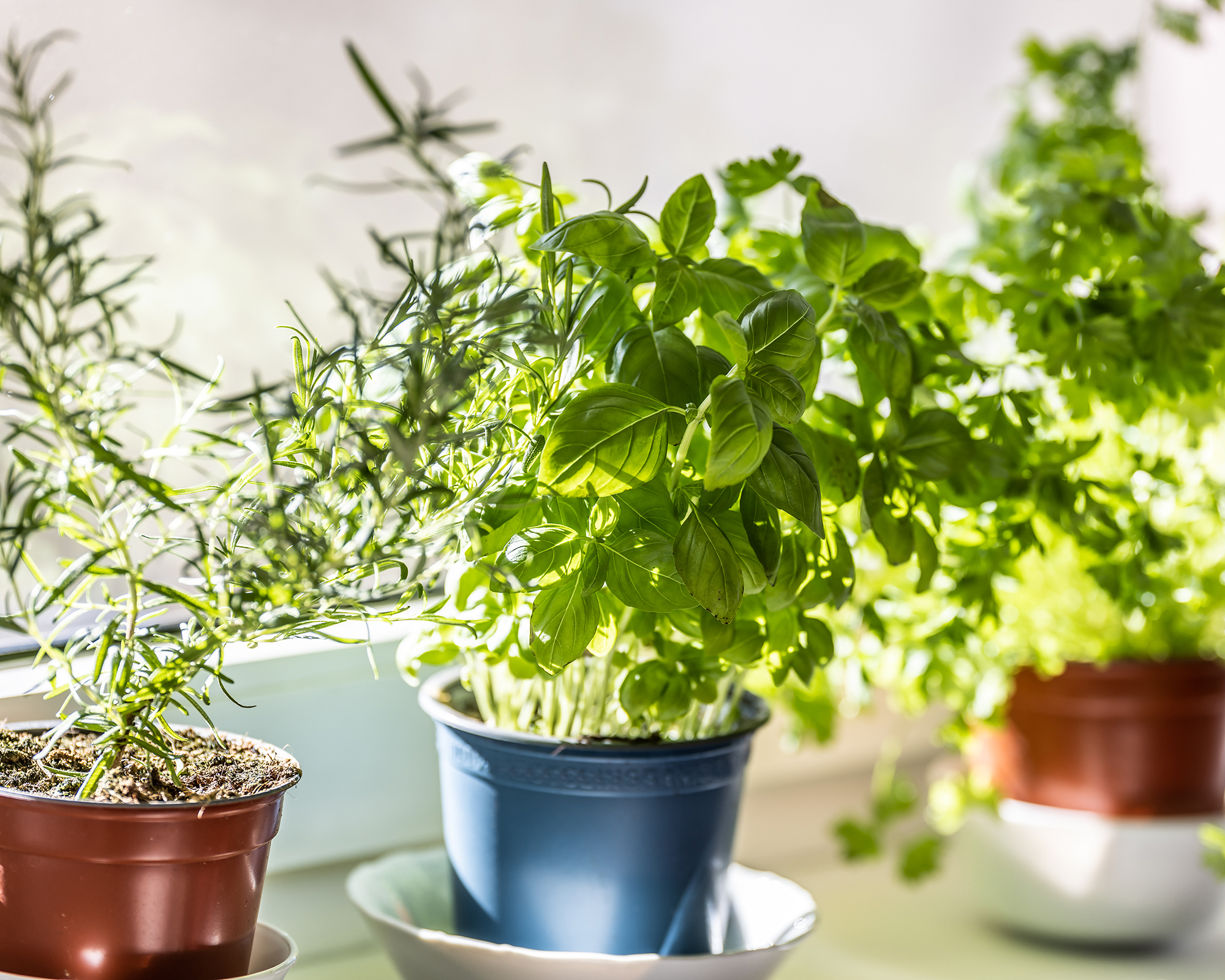 How To Grow A Windowsill Full Of Veggies This Winter, According To A Top Gardening Expert
How To Grow A Windowsill Full Of Veggies This Winter, According To A Top Gardening ExpertAward-winning journalist and climate-resilient gardening expert Kim Stoddart reveals her top plant picks and tips for a productive winter windowsill garden.
By Kim Stoddart
-
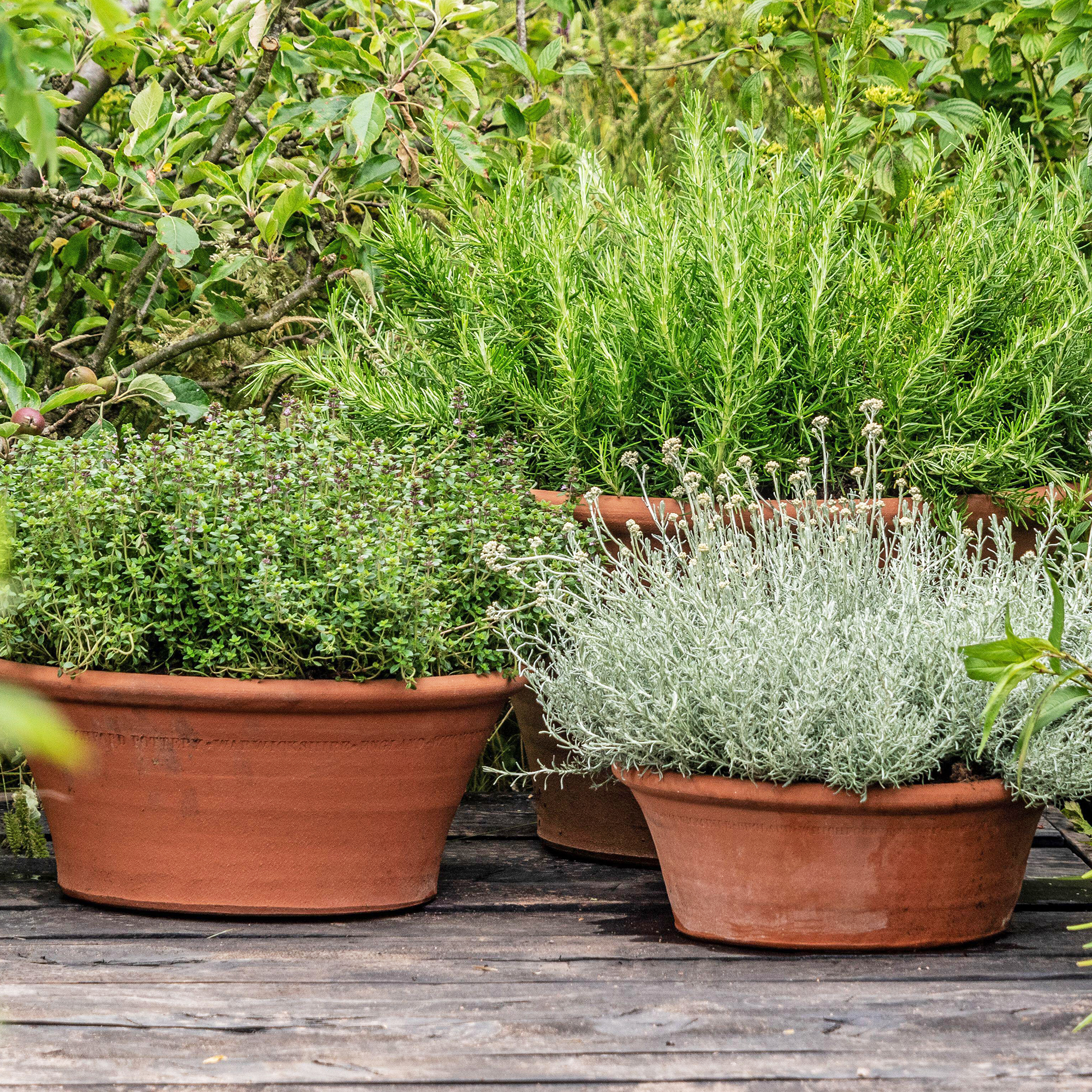 7 Perennial Herbs Perfect For Pots – Enjoy Aromatic Patio Harvests Year After Year
7 Perennial Herbs Perfect For Pots – Enjoy Aromatic Patio Harvests Year After YearDiscover the best perennial herbs to grow in pots. Ideal for small spaces, these low-maintenance plants offer year-round flavor and greenery on your patio.
By Bonnie L. Grant
-
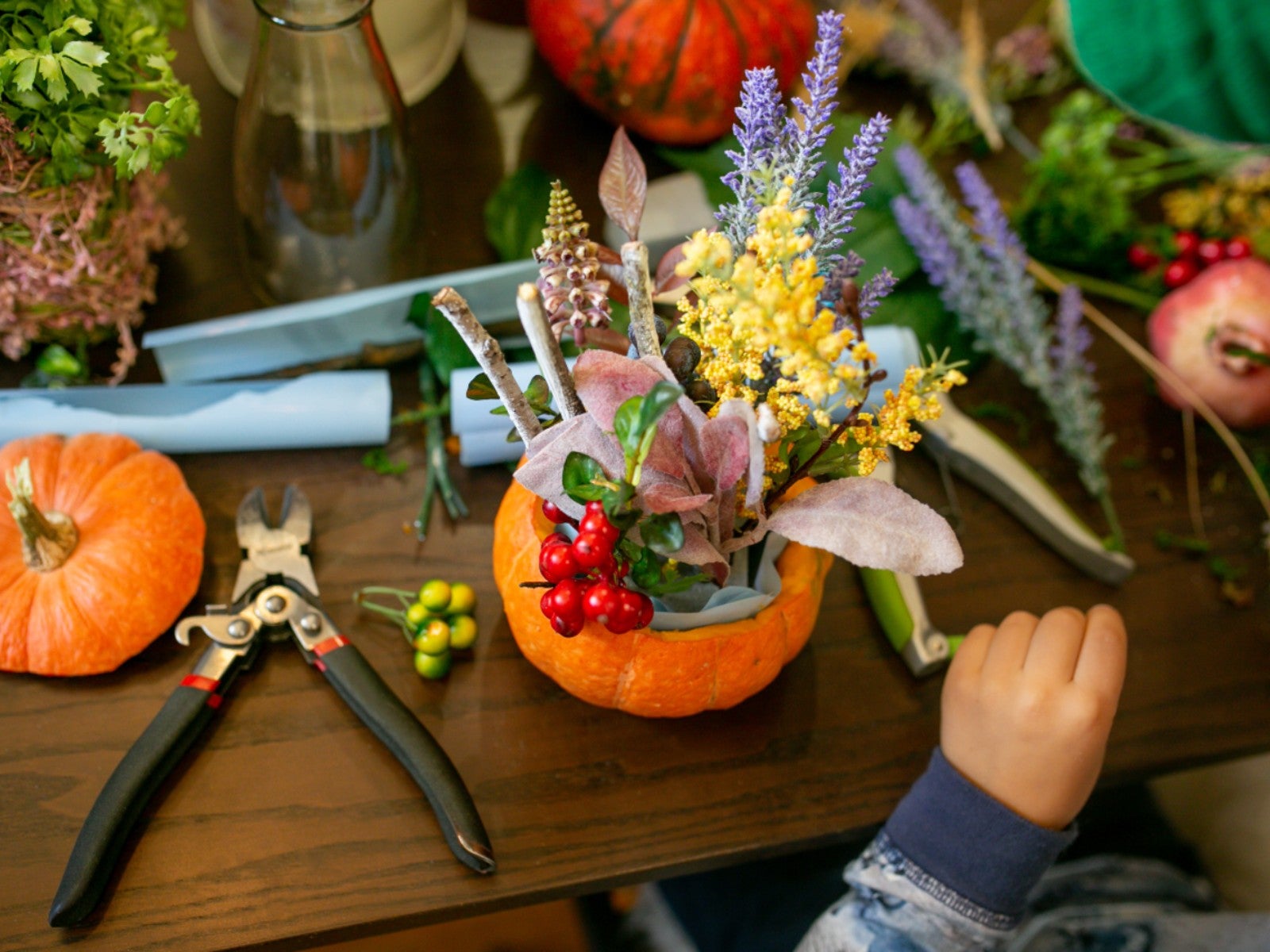 Do-It-Yourself Floral Pumpkin Centerpiece
Do-It-Yourself Floral Pumpkin CenterpieceCan you believe this pretty pumpkin centerpiece was made with just $13 worth of supplies? Plus, it was quick and easy.
By Amy Draiss
-
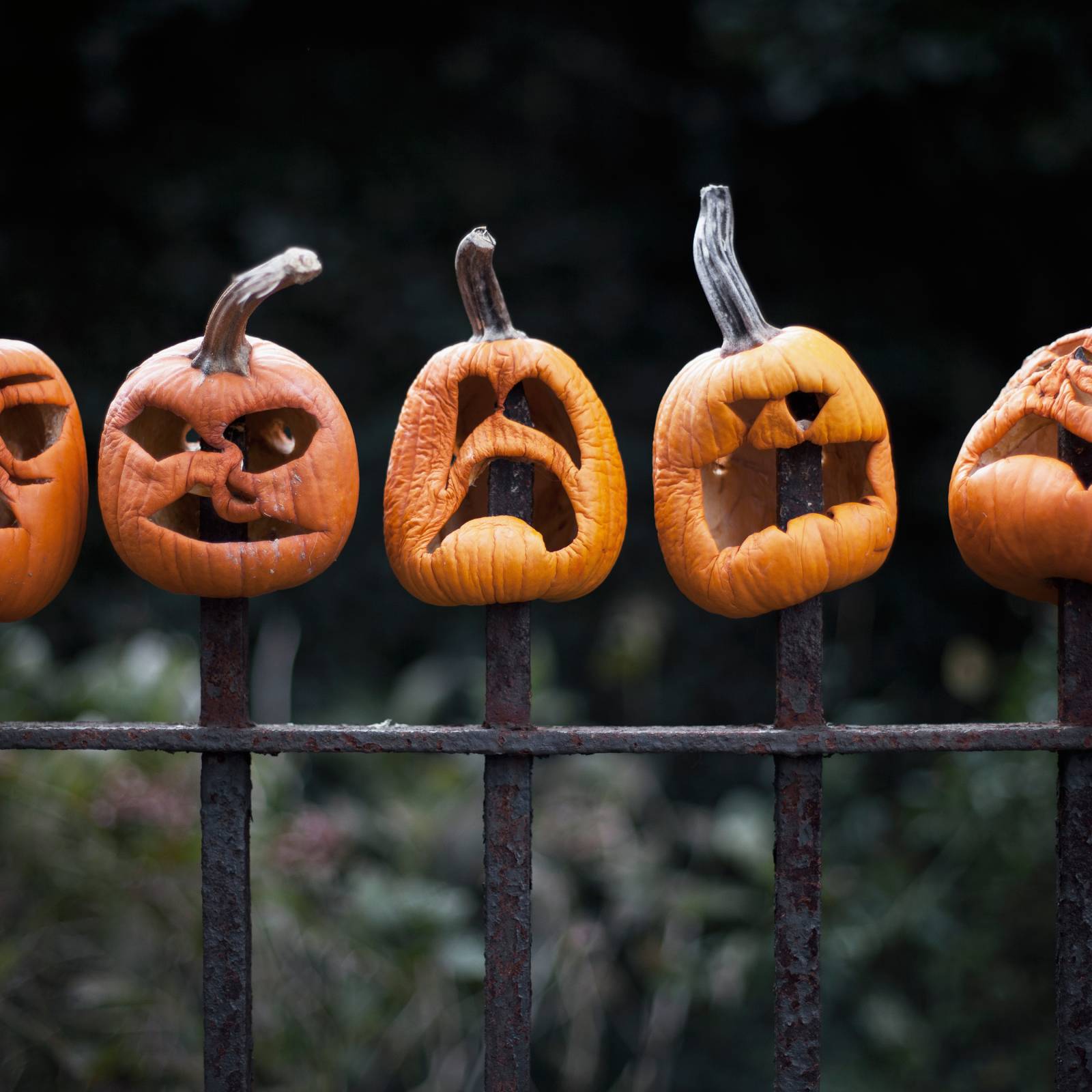 9 Fun Things To Do With Pumpkins That Are Past Their Prime
9 Fun Things To Do With Pumpkins That Are Past Their PrimeWondering what to do with your pumpkin after the Halloween fun is over? Learn what to do with your pumpkins when you are done decorating with them.
By Teo Spengler